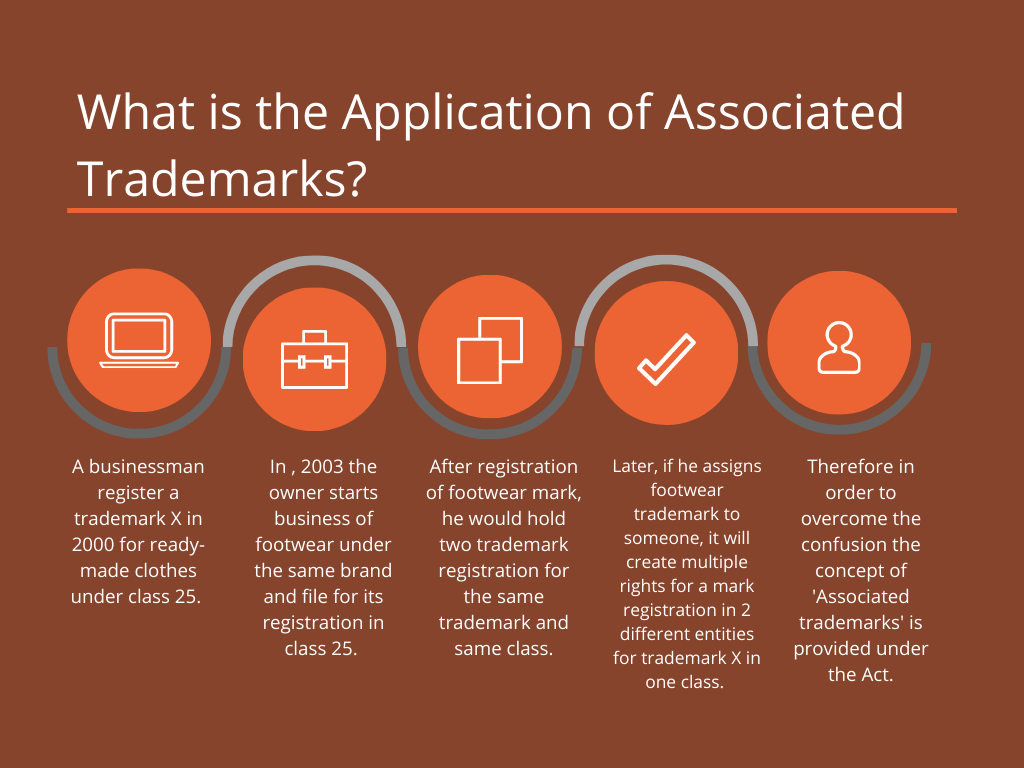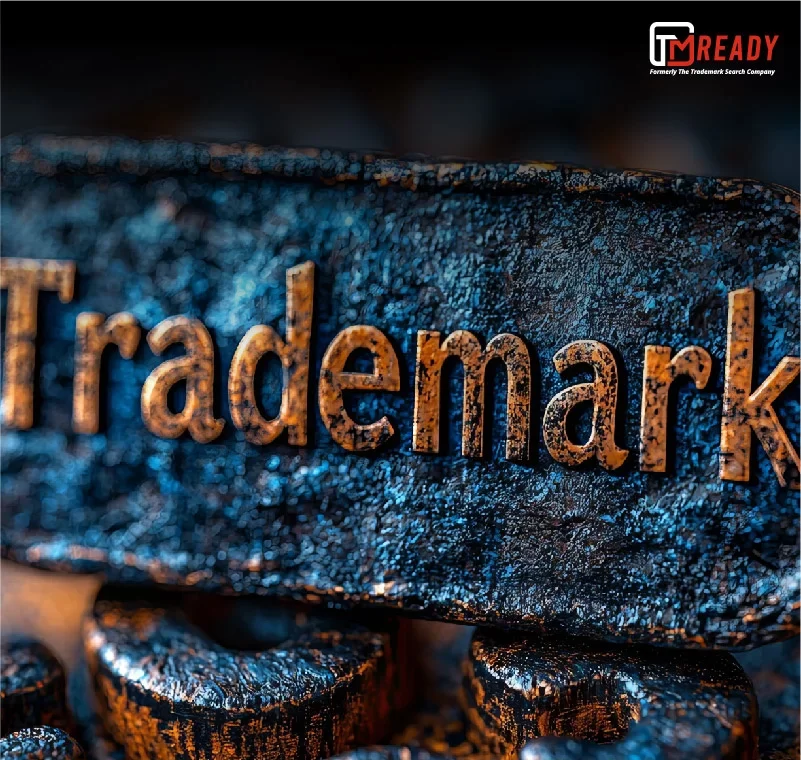What is an associated trademark?
The Trademarks act of 1999 defined an associated trademark as the one that is deemed to be registered as an associated trademark. Here, the associated term refers to such goods and services that are sold by the same company or business with a similar description. The trademarks liable for association are generally confusing trademarks with the ability to counterfeit consumer base.
Thus an associated trade mark is especially useful in situations where a company provides several similar or identical products or services under identical or similar trademarks.
This One Thing Can Drag Your Trademark to ZERO
What is the significance of associated trademarks?
Associated trademarks are essential to:
- Eliminate confusion between primary trademark and identical trademarks owned by the same business or company
- Eliminate multiple rights in case of trademark assignment
Application of Associated Trademarks

While examining a trademark application, the trademark registrar will check if the filed/proposed mark is identical with:
- Another registered trademark
- Another trademark whose application for trademark registration is underway at Trademark office
- The same proprietor/owner
- Either similar or identical description of goods and services or goods belonging to the same trademark in class.
In case he finds that the trademark application is identical to another trademark as given above, then he will need the two of them to be registered as associated trademarks.
Know How A Trademark Change the Game for Your Business
How to apply for associated trademarks?
During the trademark registration process, a trademark applicant needs to indicate their intent for association in the trademark registration Form TM-A. However, if the applicant fails to request an association, the registrar can present the option. But, in this case, the applicant will need to amend the original Form (TM-A) by filing another Form TM-M.
How to dissociate associated trademarks?
To dissociate the associated marks, the applicant has the option to file Form TM-P. However, the application for dissociation shall only be made if the applicant is sure of the absence of any likelihood of confusion or consumers’ deception.
What is the fee for associating and dissociating trademarks in India?
| Form | Particulars | Fees (Amount in INR.) | |
| Physical filing | E-filing | ||
| TM-A | Application for registration of a trademark | ||
| 1)Where the applicant is an individual/startup/small enterprise | 5,000 | 4,500 | |
| 2) In all other cases | 10,000 | 9,000 | |
| TM-M | Amendment of Application | 1,000 | 900 |
| TM-P | Dissolution of Association between trademark | 1,000 | 900 |
What is the purpose of associated trademarks?
When same type of trademark is registered under the same class and are identical (or resemble) to each other, it may cause confusion among consumers. Thus, to ensure that customers are not deceived due to the resembling marks, associated trademarks are the best option.
For example, the business owner of a company named “John” gets a trademark for “John Notebooks.” Later, the company launches pencils. Now, the owner must register an associated trademark for “John Pencils.” Thus, if a company expands its business and file for registration and association of new products or services with an earlier trademark, it can go ahead if the new trademark application contains details of the earlier application as well. Thus the registered owner will need to trademark marks for both these in association.
Find Out to Which Class Your Trademark Belongs To Here
Application of Trademark Laws and Judgements in India
In India, Trademark Law of 1999 is the primary trademark legislation that provides common law rights:
- Section 44 of the Trademark Act of 1999 provides for the two associated trademarks to be assigned or transferred together. Moreover, the act also bars separate assignments of associated trademarks. Also, if the trademark owner can prove the separate distinctiveness of the associated trademarks, then he can apply to dissolve the association under section 16 (5) of the Trademark Act, 1999.
- Under section 55 of the Trademark Act of 1999, the adjudicating tribunal may acknowledge the usage of one of the two registered trademarks. Thus, when trademark office permits someone to have an associated trademark for products in different trademark classes, usage of products falling in one class will automatically mean that he is using the same product in another class too.
- The judgment of the Intellectual property Appellate Board (IPAB) in the case of P. Kamala Devi Chordia Vs. P. Ganeshan and Others, stated that Section 55 allows the official authority to accept the usage of:
a) A registered associated Trademark or
b) A trademark with addition or changes that don’t affect its identity greatly
What is the significance of associated trademarks?
Associated trademarks in India enable the primary trademark holder to brand their new goods and services with their primary mark that is already a well-known trademark. This in turn reduces the actual consumer confusion and advertising costs as compared to marketing subsequent trademarks in the public domain.
Here are the major benefits of having an associated trademark in India:
- Avoids the existence of multiple trademark rights and provides legal protection
- Help in controlling registration of defensive trademark, i.e., only those trademarks that need either identical or similar business to be associated.
- Great choice for companies that frequently launch new products or services in the market.
- In case if a mark is in use, then it can be considered as used if the owner initiates cancellation proceedings to dissolve the second trademark.
- Section 44 of the trademarks act of 1999 prohibits the separate assignment of associated trademarks. To transfer associated trademarks, the trademark owner will first need to dissolve the association. Therefore, it ensures that there are no chances of confusion among the customers.
- If only one of the associated trademarks is used continuously and another lie dormant, the renewal of the registration of the dormant trademark will not be rejected merely because it was not in use.
Need Help Navigating Associated Trademarks? TMReady Has You Covered.
Understanding how associated trademarks work is key to protecting brand variations and securing your IP rights effectively.
At TMReady, our team of seasoned IP professionals delivers trusted, end-to-end trademark solutions:
- Professional Trademark Search Services— thorough and detailed searches across multiple regions to ensure your logo is protected.
- Reliable Trademark Monitoring Services — keeping an eye on your trademark to detect potential infringements or safeguard unconventional trademarks.
Smart, affordable, and reliable trademark support—just when you need it.
More Related Articles
Why your patent application need patent drawings?
Step by step procedure of patent filing
This is how you can monetize your patent





